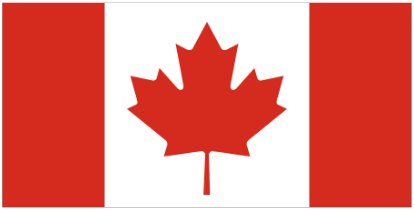All Maple Leaf Short Duration Flow-Through Limited Partnerships roll into Maple Leaf Resource Class Fund Code: CDO100 (the “Mutual Fund”). If you sell shares of the Mutual Fund you will need to know the adjusted cost base (“ACB”) per Mutual Fund share to determine capital gains or losses for tax reporting purposes.
ACB 2023
Adjusted Cost Base Definition
The Adjusted Cost Base (ACB) is a crucial concept for investors, particularly when calculating capital gains or losses for tax purposes. Essentially, the ACB represents the original purchase price of an asset, adjusted for various factors such as improvements, additional costs related to the acquisition, and other expenses incurred before the asset is sold. This adjustment ensures that the investor’s cost basis reflects the true economic cost of the asset, thus providing a more accurate figure for tax calculations.1
Calculating the ACB involves adding the initial purchase price to any additional costs that increase the asset’s value or are necessary for its acquisition. These costs can include legal fees, commissions, and any improvements made to the property. By accurately tracking and updating the ACB, investors can ensure they are paying the correct amount of tax on any gains realized upon the asset’s sale. For instance, if you purchased a property for $100,000 and later spent $10,000 on legal fees and improvements, your ACB would be $110,000.2
Understanding and maintaining an accurate ACB is essential for investors to minimize their tax liability and comply with tax regulations. It helps in determining the capital gain or loss when an asset is sold, which is the difference between the sale price and the ACB. If the ACB is not accurately calculated, it can result in paying more taxes than necessary or facing penalties for underreporting income. Therefore, keeping detailed records of all transactions related to the asset is important to ensure the ACB is correctly updated over time. 3
Sources
1. [canada.ca – Adjusted cost base (ACB)](https://www.canada.ca/en/revenue-agency/services/tax/individuals/topics/about-your-tax-return/tax-return/completing-a-tax-return/personal-income/line-12700-capital-gains/calculating-reporting-your-capital-gains-losses/adjusted-cost-base.html)
2. [atb.com – Understanding adjusted cost base](https://www.atb.com/wealth/good-advice/tax/understanding-adjusted-cost-base/)
3. [turbotax.intuit.ca – Calculating Adjusted Cost Base](https://turbotax.intuit.ca/tips/calculating-adjusted-cost-base-6285)
4. [taxtips.ca – Adjusted Cost Base (ACB), or Cost Basis](https://www.taxtips.ca/glossary/adjusted-cost-base.htm)
Others also read . . .

Download Now
Filing taxes for your Maple Leaf Funds investment is made simple with this
easy-to-follow guide.
Investors may deduct issue costs associated with a flow-through limited partnership over a number of years subsequent to the dissolution of the partnership.
View the Issue Cost Deductions in:
All Maple Leaf Short Duration Flow-Through Limited Partnerships roll into Maple Leaf Resource Class Fund Code: CDO100 (the “Mutual Fund”). If you sell shares of the Mutual Fund you will need to know the adjusted cost base (“ACB”) per Mutual Fund share to determine capital gains or losses for tax reporting purposes.

